Biological Products:
Bioaugmentation products for Wastewater applications in Papermills, Refineries, Chemical, Tanneries, Municipalities, Textiles, Steel, Agriculture, Animal feedlot, Gun Powder plant, Food and Beverage- Dairy Products, Orange Juice factory, Wineries, Cookie factory, Vegetable processing plant, Meat packing, Barbecue Restaurant, Aquaculture, Ornamental Ponds with algae , CAFO, Nursing homes, Military, Campgrounds, Universities, Regulatory agencies, River and Lake remediation
Lab Services:
Filamentous Identification Lab Service. One reason to identify filaments is to determine the filaments characteristics and then determine the type present. If the type is found out, a root cause can usually be associated with a particular filament. If the cause is known, then a correction can be made to alleviate problems. Chlorination is only a quick fix. Without process changes, filaments will grow back after chlorination. Wastewater Biomass Analyses and Cooling Tower Analyses also available
Training Materials:
Training is an integral part of any job. Not everyone is at the same level of training. Many people want beginning concepts and basics. Some need technical information or troubleshooting. Some want equipment, technology or process information. We have developed a full set of Basic training, Advanced training, Filamentous Identification the Easy Way as well as custom training CD's Manuals. We also provide hands-on training classes and soon will have an Online "E-University".
Audits and Consulting:
At Environmental Leverage® Inc., we have a team of experienced individuals who come into your plant with a fresh pair of eyes. The system is checked from influent to effluent. System optimization, equipment efficiency and operational excellence are key components explored. Key Benefits Equipment efficiency Total Cost of Operation reductions Reliability and safety An onsite audit is conducted to examine system parameters, process controls, and current monitor and control procedures. A physical walk-through is conducted, process flow diagrams are examined, previous design criteria are examined and current standard operating procedures are evaluated along with data logs.
|
Clarifier OptimizationLatest News!
What's New!
We have just added "Virtual Audits" to our capabilities. Check out our new Services. We are in the process of developing new courses for our ""Online E-University" in order to meet the needs of our global customers that cannot travel to our public classes.Visit our new website www.WastewaterElearning.com/Elearning
What does your clarifier look like?
Does your clarifier look like the ones on the left or the one on the right?
Did you know that the solids that go over the weirs could impact your final effluent BOD results along with the TSS?
False high BOD readings can occur if biological material or algae are present in a BOD sample. These will increase the final BOD reading and potentially increase your final effluent values, which, in turn can mean permit violations or surcharge increases.
Did you know that algae on the clarifier weirs could increase your BOD? Small amounts of maintenance or regular cleaning can significantly impact
the final effluent quality.
Well, if you have islands floating around in your clarifier, or plant
growth, that is a sure sign that some changes need to be made.
The two easiest tools to optimize and control a clarifier are a settleometer and a sludge judge. The sludge judge (or core sampler) is used to measure the blanket at the bottom of the clarifier. The settleometer is used for two reasons- to give you a quick and easy indication of how long the solids take to settle in the clarifier. If it takes 3 hours to completely settle in the jar and you only 1-2 hours in your clarifier, many of your solids will carry over the weirs due to insufficient settling.
If it takes 20 minutes to settle, and inversely, you have 6-8 hours in the clarifier, obviously you are holding the solids too long. You will sooner or later float solids or the whole bed to the top and possible over the weirs.
Sludge Blanket Depth Sludge blanket depth in the clarifier should be measured at the same time
each day. The best time is during the period of maximum
An additional advantage of monitoring the sludge blanket depth is that problems, such as improperly operating sludge collection equipment, will be observed due to irregularities in the blanket depth. A plugged pick-up on a clarifier sludge collection system would cause sludge depth to increase in the area of the pick-up, and decrease in the areas where the properly operating pick-ups are located. These irregularities in sludge blanket depth are easily monitored by measuring profiles of blanket depth across the clarifier.
Holding primary influent or effluent and associated solids too long generally causes not only septic conditions, which can generates odors, but also generates low D.O. conditions. Low D.O. conditions cause the bacteria to generate specific compounds with sulfides and/or organic acids. Holding times of influent should always be kept to a minimum. Generation of septic conditions can also contribute to ashing in the clarifier, since the solids are turning anaerobic in the bottom of the clarifier and generate gases that cause clumps of solids to float to the top. This increases solids carryover.
These conditions usually lead to the growth of excessive levels of filaments later on in the aerobic biological portion of the system. Sometimes, anaerobic sludge is sent to the primary clarifier via the belt press supernatant. This can also lead to an increase in septic conditions in a primary clarifier, since you are seeding the system with bacteria that like to grow in anaerobic or facultative conditions.
One way to tell if the solids are being held too long in the clarifier is if
there is ashing on Ashing occurs when little pieces of floc float up to the top of the clarifier due to trapped air bubbles in the floc. This is usually caused by the biological formation of H2S or N2 gas when the floc is held too long in the clarifier and runs out of O2.
Gassing can be visible, and usually precludes ashing. Generation of H2S gassing can cause major safety issues.
How do I make sure that the conditions are right in the clarifier? Primary clarifiers are a bit different that secondary clarifiers, but the concepts are still the same. Neither clarifier is sterile. There are bacteria in both places. Both usually have BOD present and bacteria present. Both are places where biological activity occurs and this is often overlooked. A primary clarifier is supposed to pull out as many solids as possible to alleviate some of the BOD loading on the secondary system. Primary Clarifiers are typically upstream from additional water treatment unit processes such as filters or Activated sludge systems. Any actions that can be taken at the clarifier which reduce the suspended solids loading and BOD loading on the Activated sludge can help to improve the efficiency of the downstream unit. Primary clarifiers always have high BOD loadings.
Table 2 - Typical design parameters for primary clarifiers in municipal treatment
The best way to assess the operational performance of a primary clarifier is to review the treatment efficiency for suspended solids removal. If the clarifier shows erratic or inconsistent results, look for hydraulic loading increases (calculated as gallons per day per square foot; m3/day/m2). If the efficiency of removal for suspended solids does not average 40-50%, or BOD averages of 20-30%, over an extended period of time, look for turbulence in the basin or other operational deficiencies.
Polymer programs can allow an increase in removal of suspended solids at the existing unit loadings. This is a short term band-aid since it can add extra loading to the system.
Some plants add Alum or Ferric to remove fines and ash particles in a primary also. This is not the best thing to do, since many times alum creates large, fluffy floc. This also can remove too much phosphorus and cause a nutrient deficiency. See troubleshooting newsletter on Alum and Ferric.
The performance of secondary wastewater treatment systems is determined
by comparing the quality of the overflow from secondary
One way is to optimize what is occurring in the activated sludge portion of the system and correlate those parameters to what is going on in both portions of the system.
Acceptable Environmental Parameters for Biological Activity: There are 5 critical measurements in our wastewater training. I call it "The Critical 5". These parameters should be monitored and controlled to effectively run a biological treatment plant efficiently; Temperature, D.O., Ammonia,
Ortho-phosphate and pH
Residual should be measured in the final effluent also, unless limited by permit restrictions.
Sometimes the use of Biological additives in the aeration basin can
optimize a system and product better solids and better BOD or TSS removal if
needed. Sludge reduction, especially if in a municipal wastewater treatment
plant can significantly cut back costs on solids handling when a small
bioaugmentation program is implemented. Due to the wide variations in
influent changes of a some plants, a small daily maintenance dose of
bacteria can significantly cut back costs on polymer, while increasing the
quality of the final effluent.
Ask how a Biological Maintenance Program or Sludge Reduction Wastewater Training Program can help you improve your system and cut back your chemical costs. . . .. .
More Troubleshooting: Just click on the phrase content. 1 Clarifier Additional Troubleshooting Document 2 Wastewater Treatment Plant Operations 3 Clarifier Sludge Judge and Operation Troubleshooting 4 Check Out our Wastewater ELearning Courses: Click This Line
6 Wastewater Training CD's & Training Material 7 Bioaugmentation Product Line: Click here or the Product Picture
| |||||||||||||||||||||||

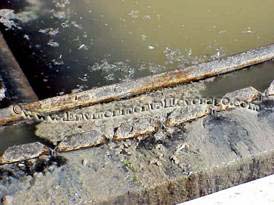
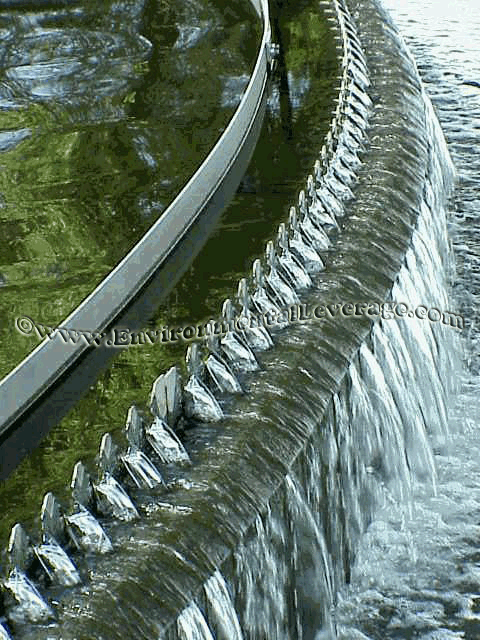
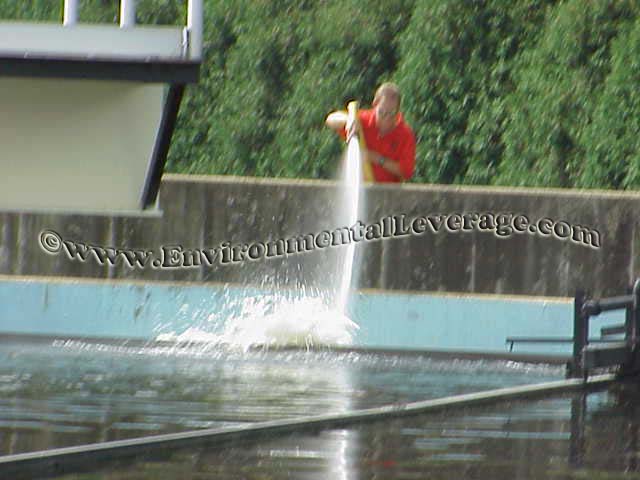
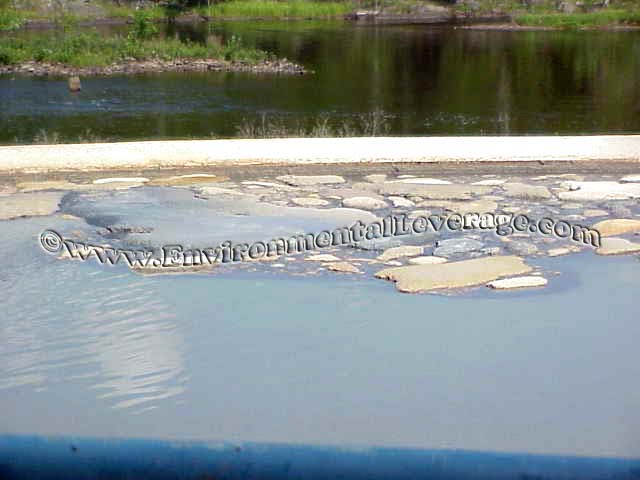
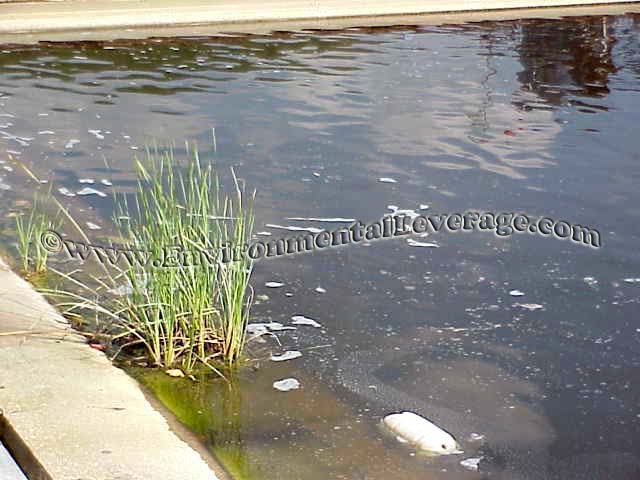
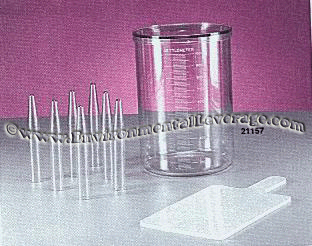 How
do you optimize your clarifier?
How
do you optimize your clarifier? 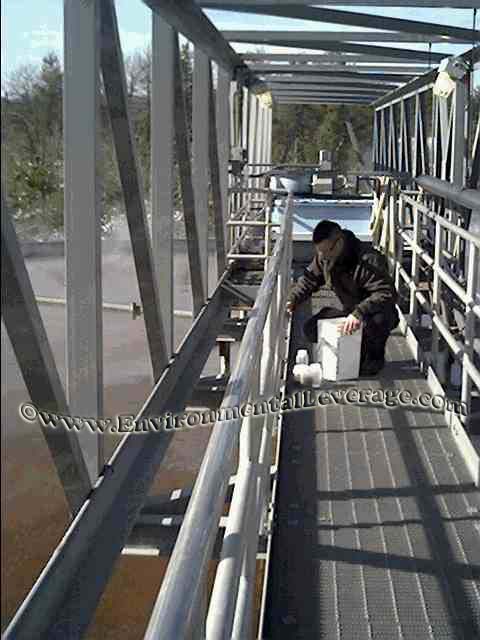
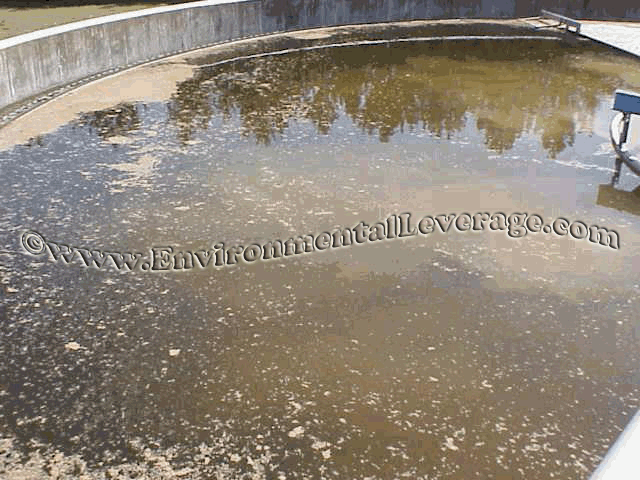 the clarifier or gassing.
the clarifier or gassing. The
bacteria do not stop growing in a clarifier unless there is no more food. If
the conditions are not right, many problems are caused.
The
bacteria do not stop growing in a clarifier unless there is no more food. If
the conditions are not right, many problems are caused.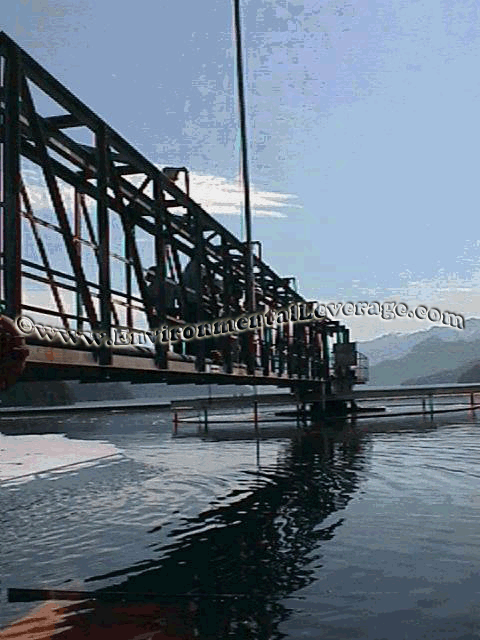
 Secondary
Clarifiers are a bit easier to optimize
Secondary
Clarifiers are a bit easier to optimize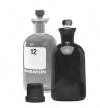 clarifiers to that of the incoming wastewater. The biological treatment unit
converts some of the soluble and insoluble organics to suspended organic
solids. However, the treatment process is successful only if these organic
solids are removed in the secondary clarifiers. Secondary clarifier
operational variables have the most critical effect on overall plant
performance.
clarifiers to that of the incoming wastewater. The biological treatment unit
converts some of the soluble and insoluble organics to suspended organic
solids. However, the treatment process is successful only if these organic
solids are removed in the secondary clarifiers. Secondary clarifier
operational variables have the most critical effect on overall plant
performance.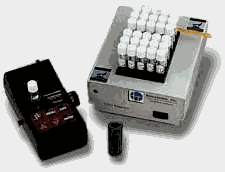 If
these are measured as residuals in the final effluent, then this ensures
that the conditions in the clarifier have met the requirements for the
bacteria to continue to grow in the clarifier and continue any final
polishing off of BOD. This also ensures that the floc that is sent to
dewatering is in the best condition and will minimize the amount of polymer
needed. By following these guidelines, the use of polymers in the clarifier
should be minimal and the returned sludge is ready now to be returned for
more BOD degradation back in the Aeration basin.
If
these are measured as residuals in the final effluent, then this ensures
that the conditions in the clarifier have met the requirements for the
bacteria to continue to grow in the clarifier and continue any final
polishing off of BOD. This also ensures that the floc that is sent to
dewatering is in the best condition and will minimize the amount of polymer
needed. By following these guidelines, the use of polymers in the clarifier
should be minimal and the returned sludge is ready now to be returned for
more BOD degradation back in the Aeration basin.
